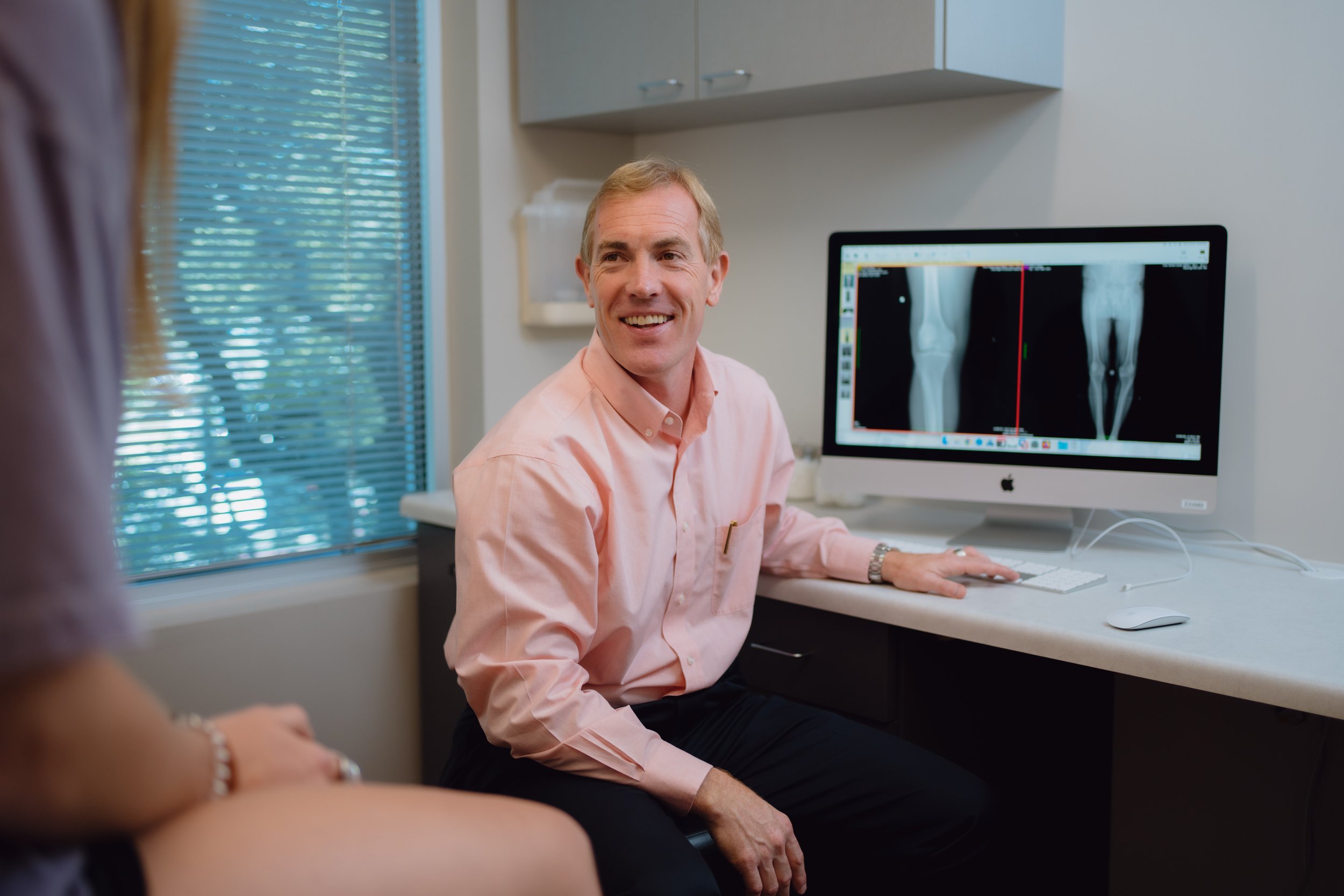
Shoulder dislocation Specialists in San Antonio
Get back into the game, safely & Fast.
What Is The Difference Between A shoulder dislocation and a separation?
While both injuries are instability of the shoulder, their diagnosis and treatment differ.
Shoulder Dislocation: The humerus moves out of the glenohumeral joint. During a shoulder dislocation, ligaments, tendons, and muscles that stabilize the shoulder joint may become stretched, torn, or damaged as well. You can have a partial or complete dislocation.
Separation: A shoulder separation occurs when the ligaments connecting the AC joint are injured, causing the acromion to move away from the clavicle. Separation can occur on various levels from a partial to a major tear of the ligaments.
WHAT ARE THE SYMPTOMS OF A Shoulder dislocation and a shoulder separation?
The most common symptoms of a shoulder dislocation include:
A pain that worsens when you move your shoulder or upper arm.
Depending how the bone was located, you may possess a visible deformity in your shoulder’s appearance in either the front or back of your shoulder
Limited to no ROM
Swelling or bruising
Muscle Weakness
Numbness and tingling
The most common symptoms of a shoulder separation include:
Immediate and intense pain
Tenderness in the shoulder and collarbone
Swelling and bruising
Deformity of the shoulder
